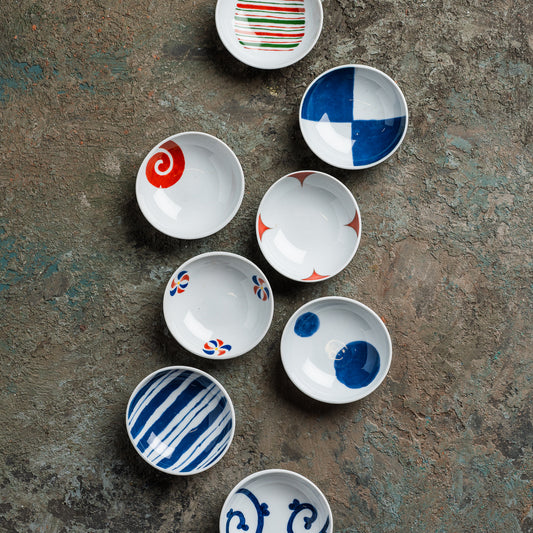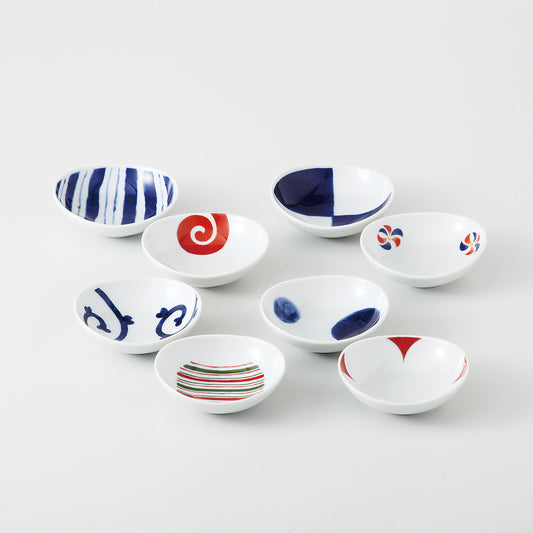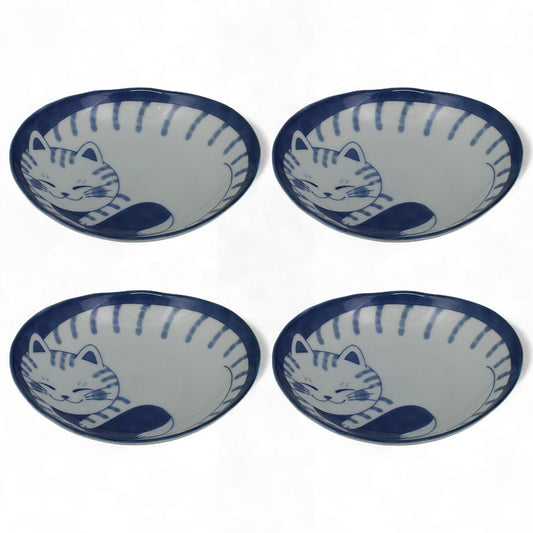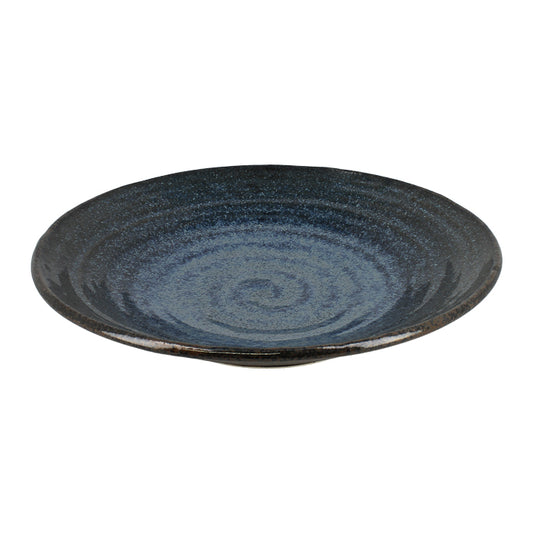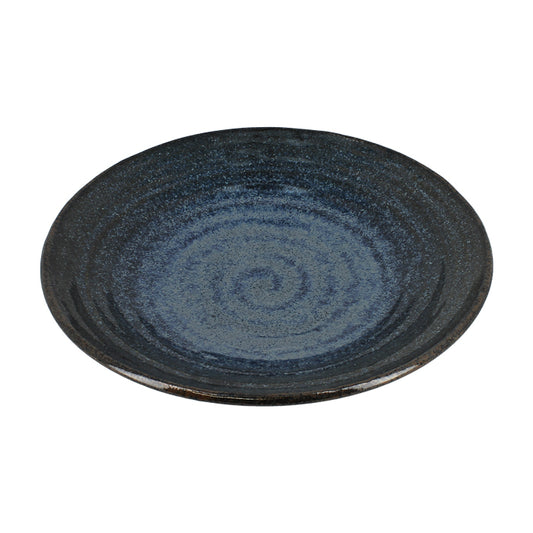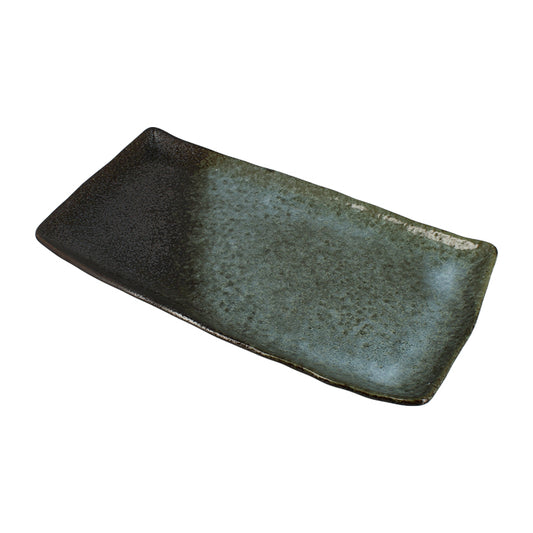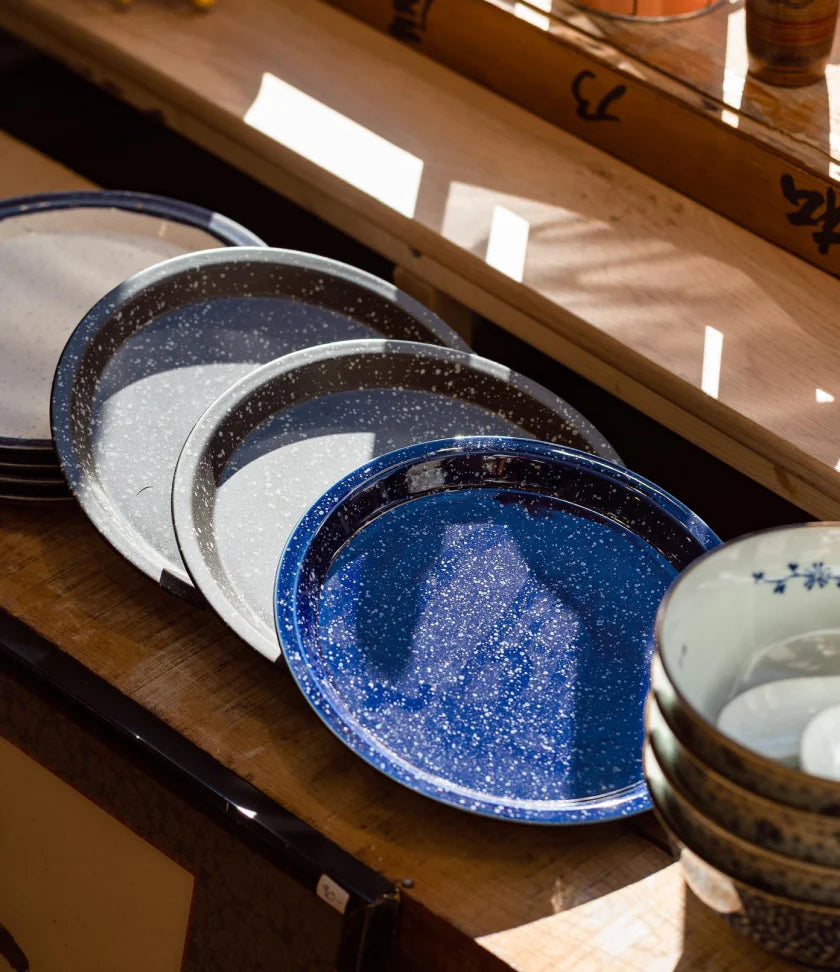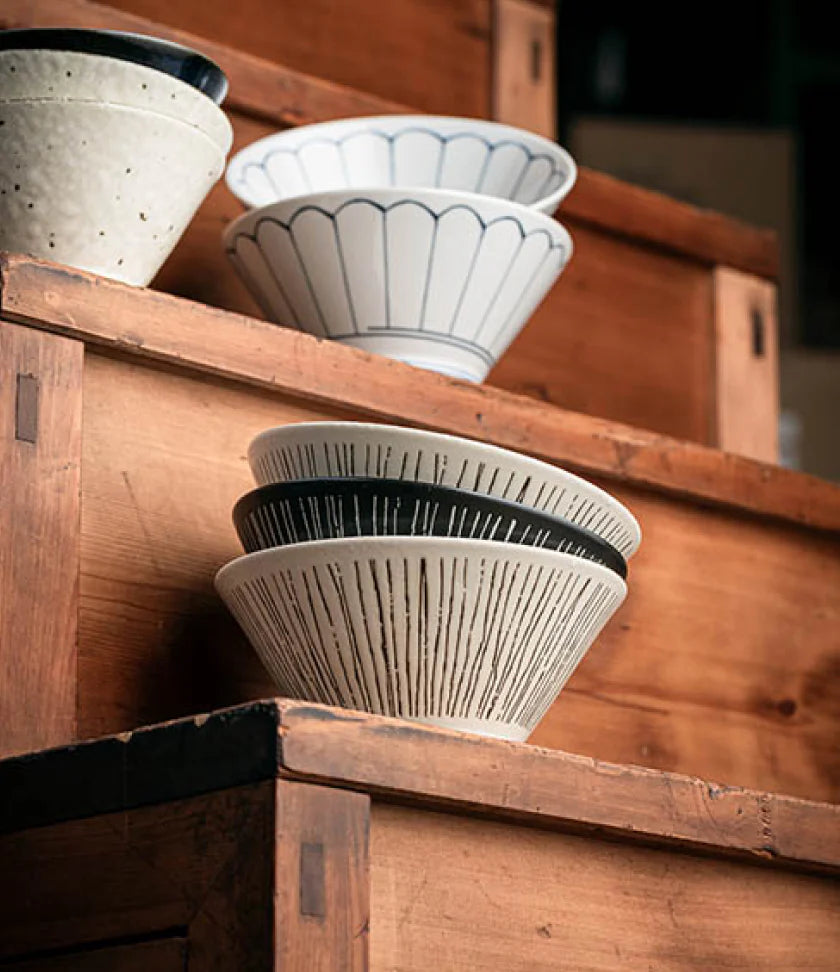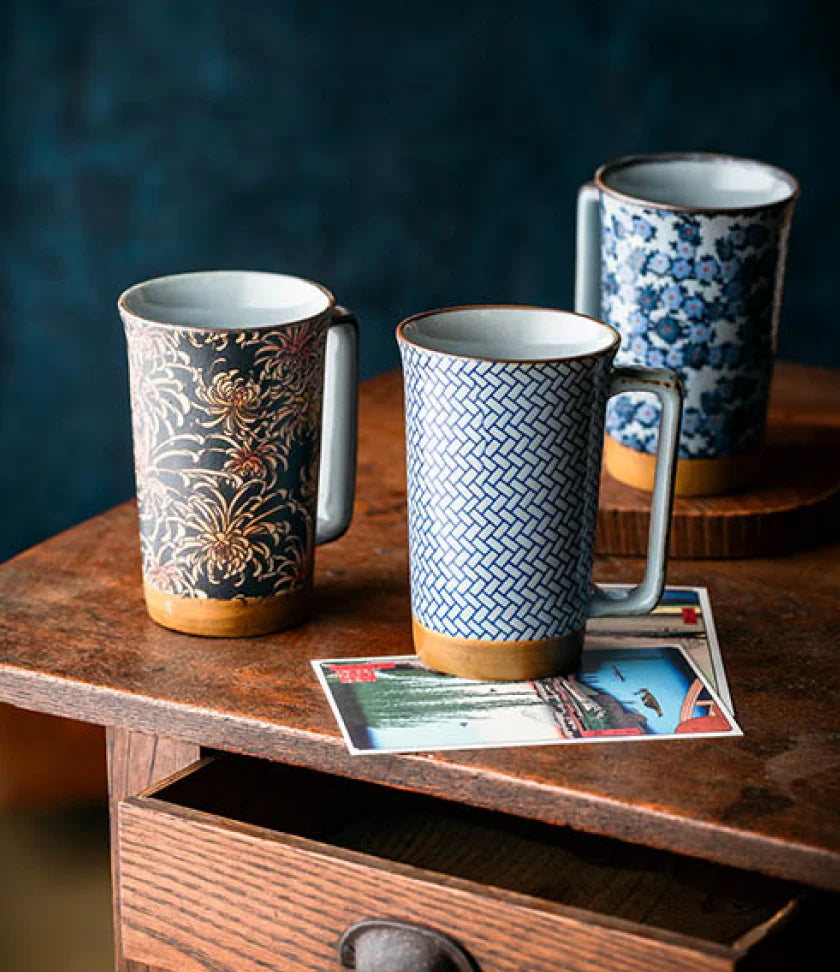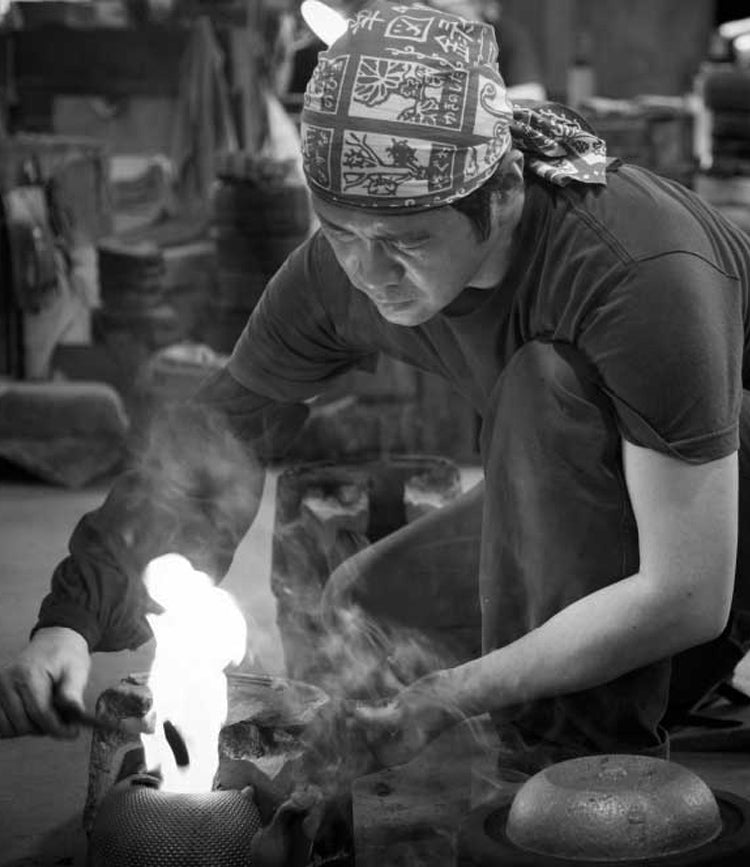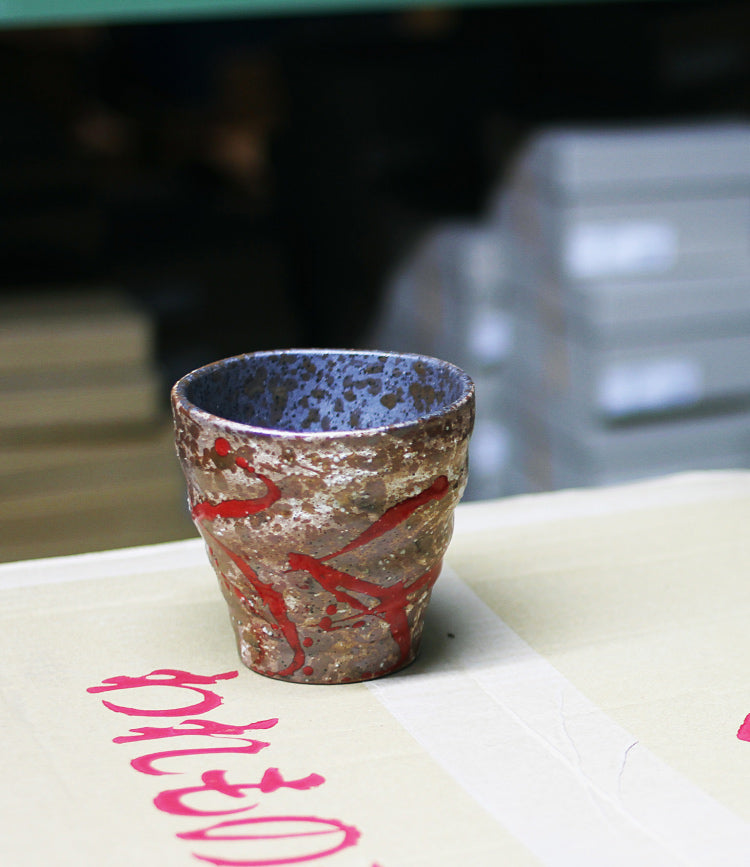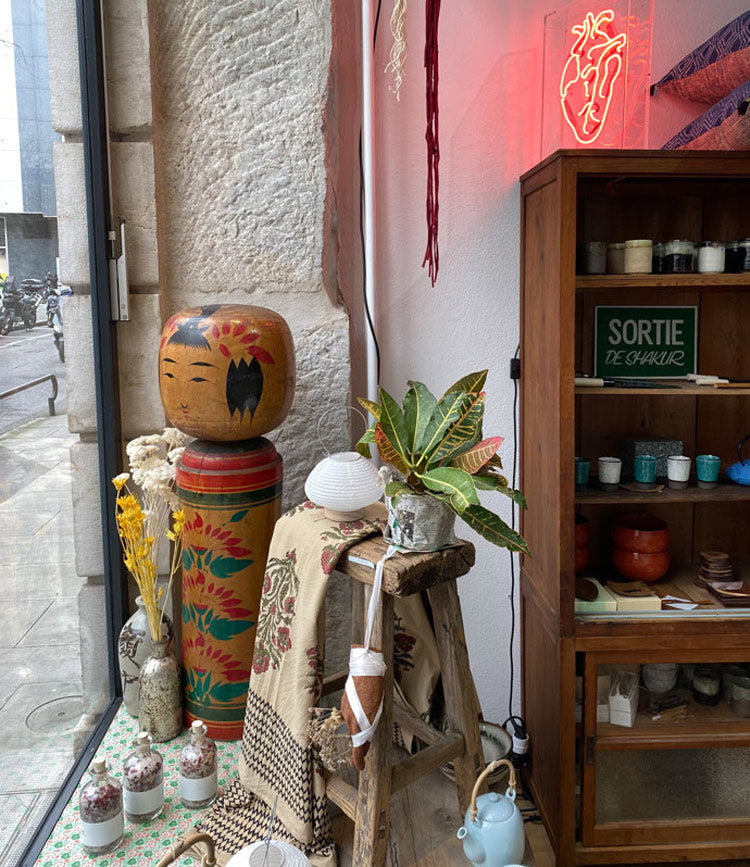
Kokeshi: origin, etymology, living tradition
Kokeshi (小芥子 / こけし) are famous Japanese dolls carved from wood. They were created in the province of Tôhoku, in the north of the Archipelago, at the end of the Edo era (around the beginning of the 19th century). The region is renowned for its onsens, hot springs in which people bathe to relax. In this tourist spot, local wood craftsmen, the Kijishi (木地師), sell their dolls as souvenirs.
Kokeshi: origin, etymology, living tradition
THE Kokeshi (小芥子 / こけし) are famous Japanese dolls carved from wood. They were created in the province of Tôhoku, in the north of the Archipelago, at the end of the Edo era (around the beginning of the 19th century). The region is renowned for its onsens, hot springs in which people bathe to relax. In this tourist spot, local craftsmen working with wood, Kijishi (木地師), sell their dolls as souvenirs.
The etymology of the word Kokeshi remains vague and several hypotheses exist. For some, the term 'ko' comes from 'ki' (tree) and 'keshi' comes from 'kezuru': to plan, to rasp. For others, it would be a massage tool used in onsens. Still others claim that 'ko' comes rather from the word child ('ko') and 'keshi' from the verb 'kesu': to erase, suppress, make disappear. Let us remember that at the beginning of the 19th century, the inhabitants of the North of the Archipelago experienced a period when living conditions were very rigorous and close to scarcity or even famine. It was during this crisis that many children were victims of infanticide, Kokeshi would therefore perhaps have been made in memory of the latter. According to another version, these Japanese dolls are the symbol of fertility and invoke the protective deities with the aim of a good harvest.
There Kokeshi, which then was a purely regional product, has become Japan's best-known doll. It is now a cultural and traditional object that can be found on the displays of all airports in the Archipelago. Alongside the industrial production of these “souvenirs”, a vibrant tradition and craft continues in certain villages of Tôhoku. THE Kokeshi are traditionally made from different types of wood such as cherry, pear, dogwood or maple, depending on the locality. They are then painted by a master craftsman who decorates them with plant motifs, such as chrysanthemums, irises, peonies, using pigments from regional plants and then covering them with a protective layer of wax or lacquer. . THE Kokeshi traditional styles are divided into around ten different and well-marked styles which correspond to 11 onsens or regions (Hijiori, Kijiyama, Nanbu, Naruko, Yamagata, Sakunami, Tôgatta, Tsuchiyu, Tsugaru, Yajirô, Zaò Takayu). A twelfth and new style is emerging: that of Nakanosawa. Each Kokeshi is a unique work, signed by its author with a very recognizable style each time. These Master Craftsmen, most of whom live in remote places, near onsens, shape their dolls mainly during the cold period, from early autumn until spring. It is in fact during the summer that many competitions flourish and artists can show their works.
Like many other traditions, Kokeshi would have disappeared if craftsmen had not sought to develop them and adapt them to the times in which we live. Modern models, still made by real Kijishi, are often more creative, colorful and their form more current. There Kokeshi creativity has become the symbol of Japan and every year, since 1954, the Japanese Prime Minister awards the prize to the craftsman who designed the most beautiful Kokeshi creative.
